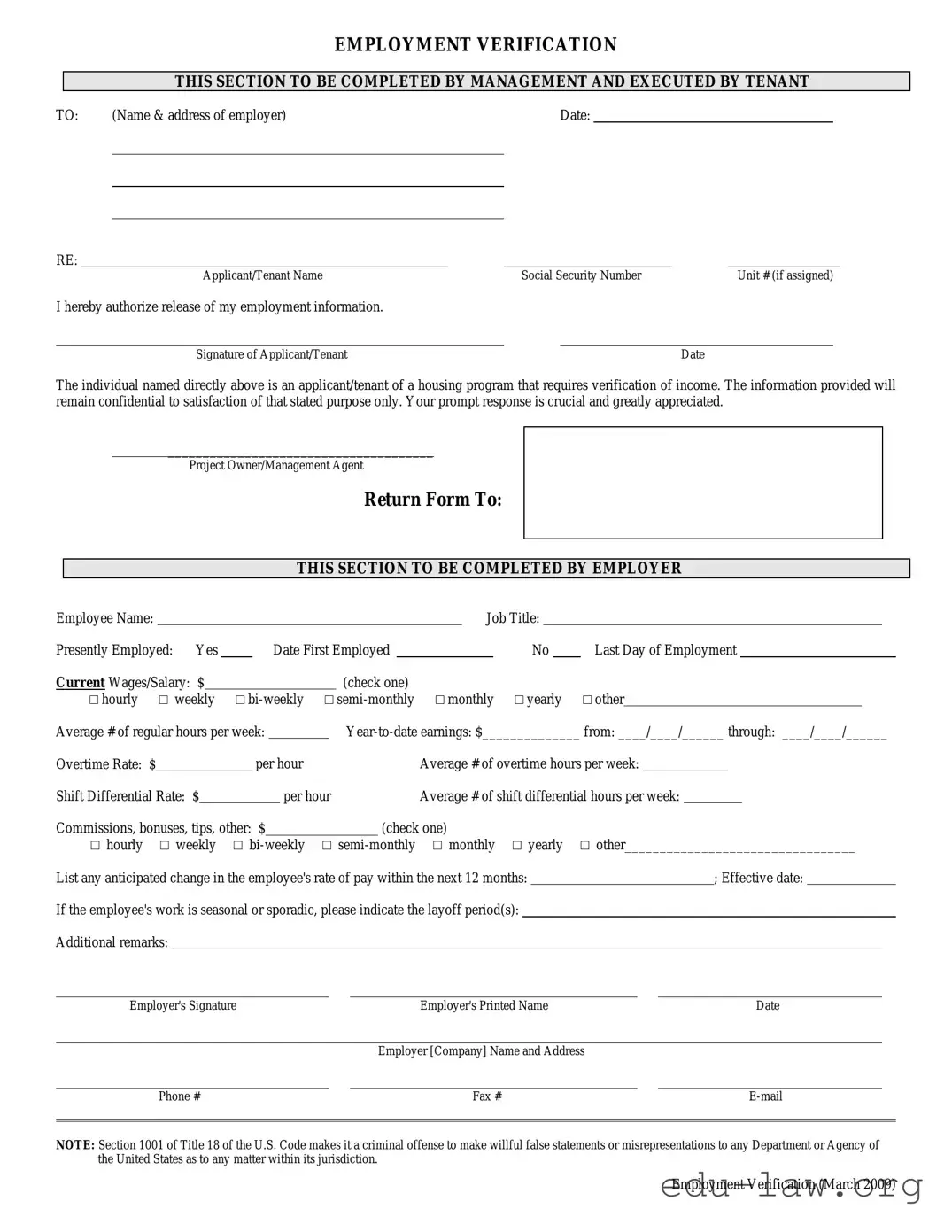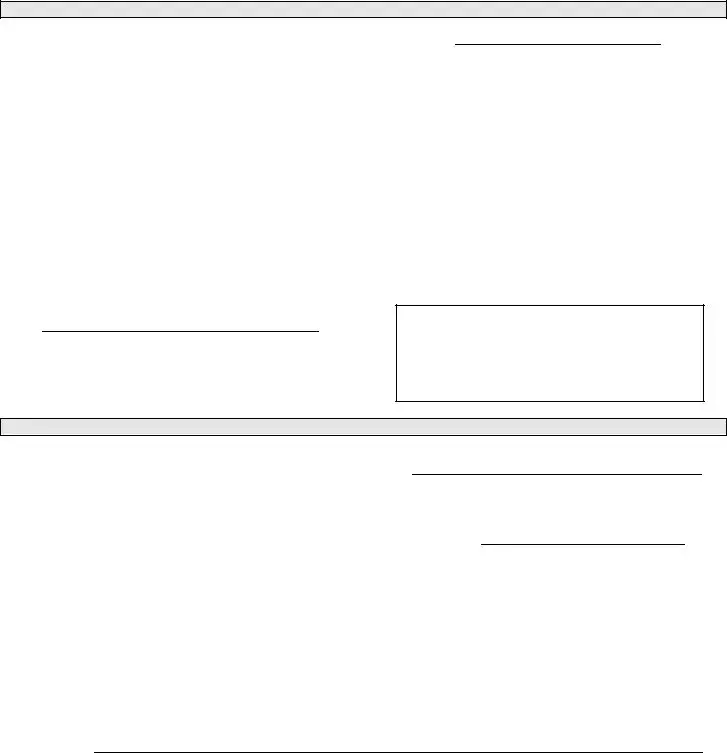What is an employment verification form?
An employment verification form is a document that employers use to confirm an employee's job details. This may include the employee's job title, dates of employment, salary, and other relevant information. These forms are typically requested by other employers, lenders, or even insurance companies to verify a person's employment status.
Who requests an employment verification form?
What information is typically included in an employment verification form?
Employment verification forms generally include details such as the employee’s name, job title, dates of employment, salary, and sometimes reasons for separation if applicable. Additional information, like job duties or performance assessments, may also be included if authorized by the employee.
How does an employee request their own employment verification?
Employees can usually request their employment verification by contacting their HR department or payroll. Some companies may have a standardized form or process to facilitate the request. It’s advisable for employees to provide necessary details such as their full name, employee ID, and the reason for the request to expedite the process.
Can employment verification forms be denied?
Yes, this form can be denied in some cases. Employers are not legally required to provide verification and may refuse based on company policy, confidentiality concerns, or if the requester does not provide sufficient information. Employees should be aware of their employer’s policies regarding verification requests.
How long does it take to receive an employment verification form?
The time it takes to receive an employment verification form can vary. Generally, it may take a few days to a couple of weeks, depending on the employer's policies and the workload of the HR department. Employees should plan accordingly, especially if they are on a tight timeline for a job application or loan approval.
Is there a fee for obtaining an employment verification form?
Usually, employers do not charge a fee for providing employment verification forms. However, some companies may have policies that charge for excessive requests or provide additional services, such as detailed verification reports. Employees should verify such policies with their HR department in advance.

